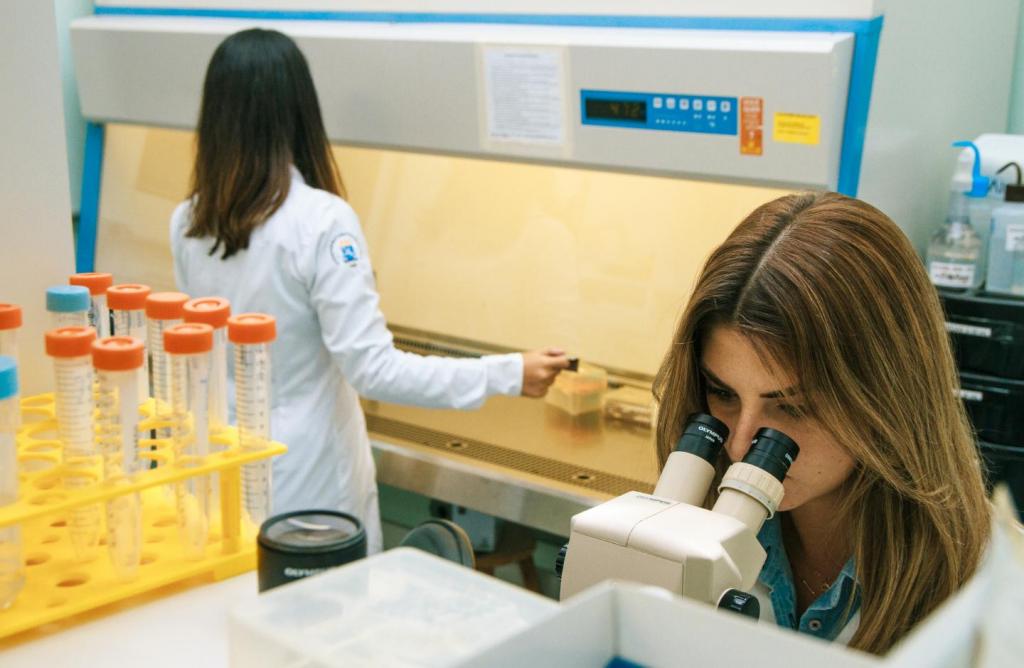With about 220 million head of cattle, Brazil has the second largest cattle herd in the world. Cattle ranching accounts for about 15% of the national Gross Domestic Product and about 18% of agribusiness exports. In order to contribute to this extensive sector, the UFSM Laboratory of Biotechnology and Animal Reproduction (BioRep) has developed research on Reproductive Biology for over 20 years.

One of their specific lines of research investigates Interferon-Tau, a protein produced and released by embryonic cells and delivered to the uterus and the blood system of cows to assure that levels of progesterone remain elevated during early pregnancy. A number of factors, including food poisoning, malnutrition, medication use, climate and genetic factors may cause females to produce the protein in small quantities or to stop producing it altogether. When this happens, progesterone is reduced and the reproductive cycle is restarted, leaving the uterine environment unsuitable for the embryo.
BioRep, coordinated by Dr. Alfredo Antoniazzi from the Large Animal Clinic Department at the UFSM Center for Rural Sciences, studies ways to control and even avoid impairment of Interferon-Tau production, establishing favorable conditions for conception and pregnancy, which is vital to herd productivity.
One of the most recent studies conducted in the Laboratory under the supervision of Dr. Antoniazzi was Carolina Amaral’s master thesis for the Veterinary Medicine Postgraduate Program, which investigated the influence of heat stress on Interferon-Tau production and oxidative stress in bovine embryos produced in vitro. It was concluded that factors such as hyperthermia – an increase in body temperatures capable of affecting metabolism – can reduce the conception rate by 20 to 30%.
Other studies carried out at BioRep also take into consideration the regional characteristics of Southern Brazil, where UFSM is located. The region has a subtropical climate, with well-defined seasons that include cold winters and hot summers. It is also a leading region in agricultural production, with crop rotations adapted to each period of the year.

For beef cattle breeders, the ideal scenario is for cows to be fertilized between November and February, so the calves are born between August and October, when there is plenty of food due to the harvest and climate. After giving birth, the cow will be healthy, strong, well-nourished and prepared for a subsequent pregnancy. For dairy cattle breeders, this is even more important, since milk production is dependent on having calves. In other words: without pregnancy, there is no milk production and, consequently, a decrease in profits.
“Successful production depends on knowledge generated in laboratories for improving reproduction”, says Dr. Antoniazzi. Besides the study on Interferon-tau, BioRep works with additional research lines on ovarian physiology. The Laboratory, which has a staff of four professors, one laboratory technician and undergraduate and graduate students, collaborates with research centers in the United States and Canada.
Reporter: Cristina Haas;
Photographer: Rafael Happke;
Edition: Andressa Motter;
Graphic Design and Illustration: Taynane Senna.
Published 2019









